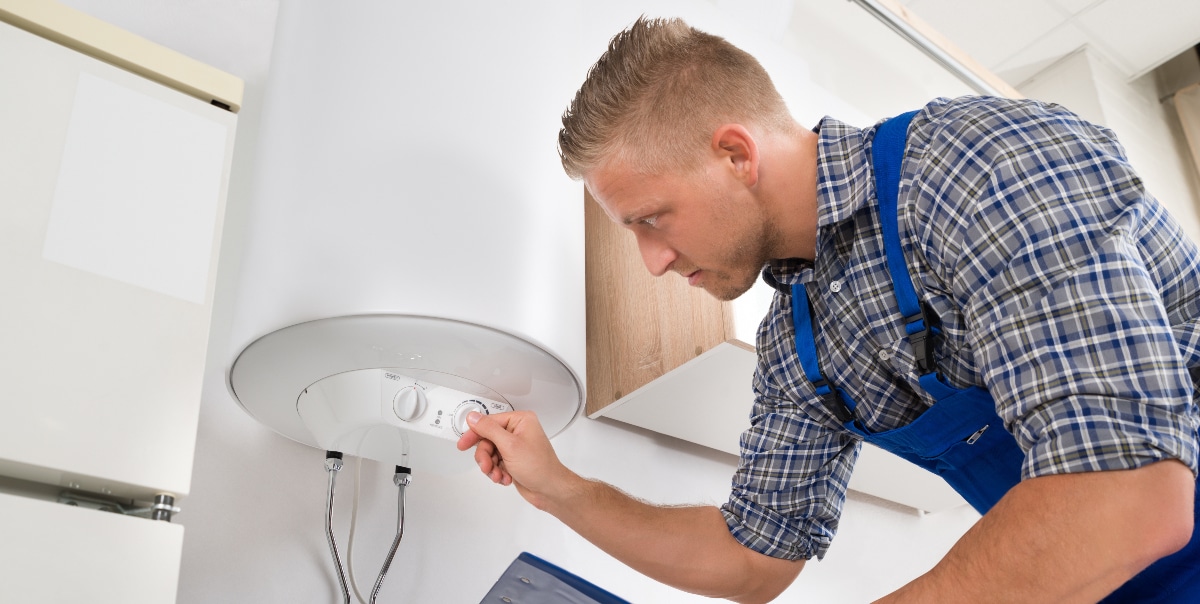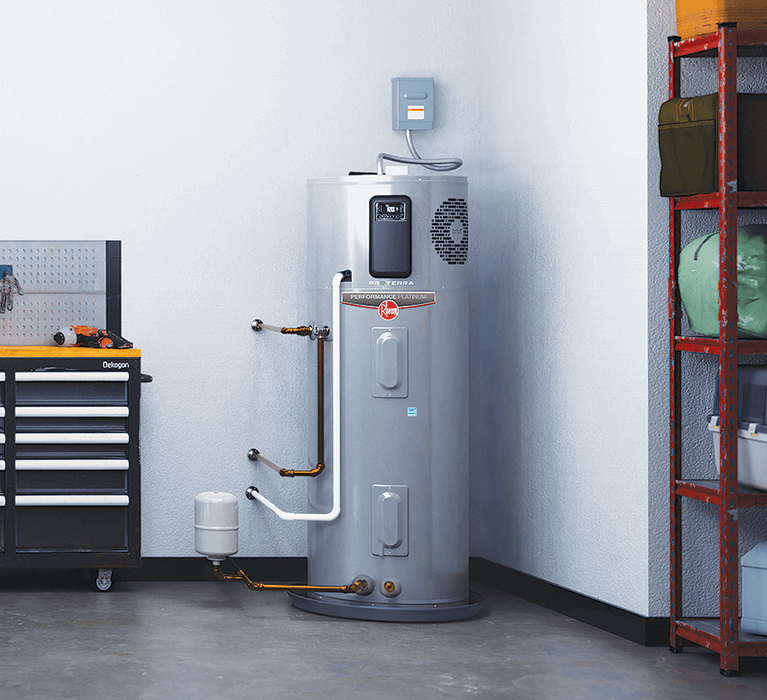We have encountered this post relating to What Kind of Maintenance Do Water Heaters Need? directly below on the web and concluded it made good sense to discuss it with you on this site.

Hot water is necessary for everyday convenience, whether it's for a rejuvenating shower or cleaning dishes. To ensure your warm water system runs efficiently and lasts much longer, regular upkeep is crucial. This article provides practical ideas and insights on exactly how to preserve your home's hot water system to avoid disturbances and pricey repair services.
Introduction
Keeping your home's hot water system may appear difficult, however with a couple of easy actions, you can ensure it operates smoothly for many years ahead. This overview covers everything from recognizing your hot water system to DIY maintenance tips and knowing when to employ professional aid.
Value of Preserving Your Warm Water System
Routine upkeep not just expands the life-span of your hot water system yet likewise guarantees it operates effectively. Disregarding upkeep can result in reduced performance, higher power costs, and even premature failing of the system.
Signs Your Hot Water System Demands Maintenance
Knowing when your hot water system needs focus can prevent significant problems. Look out for indicators such as irregular water temperature level, strange sounds from the heating unit, or rusty water.
Understanding Your Warm Water System
Prior to diving into maintenance jobs, it's handy to comprehend the fundamental parts of your warm water system. Commonly, this includes the hot water heater itself, pipes, anode rods, and temperature level controls.
Monthly Maintenance Tasks
Routine monthly checks can aid catch minor problems before they intensify.
Flushing the Hot Water Heater
Flushing your hot water heater gets rid of sediment accumulation, enhancing effectiveness and lengthening its life.
Monitoring and Replacing Anode Rods
Anode rods protect against corrosion inside the tank. Evaluating and replacing them when worn is crucial.
Evaluating and Readjusting Temperature Level Settings
Changing the temperature setups ensures optimum efficiency and safety.
DIY Tips for Maintenance
You can carry out a number of maintenance jobs yourself to maintain your warm water system in top condition.
Checking for Leakages
Regularly check pipes and connections for leakages, as these can lead to water damages and higher costs.
Examining Stress Alleviation Valves
Checking the stress safety valve guarantees it functions properly and stops too much stress buildup.
Shielding Pipelines
Insulating warm water pipelines reduces warmth loss and can conserve energy.
When to Call an Expert
While do it yourself upkeep is advantageous, some problems need expert know-how.
Complicated Problems Needing Expert Assistance
Instances include significant leaks, electrical troubles, or if your hot water heater is regularly underperforming.
Routine Professional Upkeep Advantages
Expert maintenance can include extensive evaluations, tune-ups, and making certain compliance with safety and security standards.
Conclusion
Normal maintenance of your home's hot water system is vital for performance, long life, and expense financial savings. By adhering to these tips and knowing when to seek professional assistance, you can make certain a reliable supply of warm water without unexpected disturbances.
How to Maintain an Instant Hot Water Heater
Before tinkering with your hot water heater, make sure that it’s not powered on. You also have to turn off the main circuit breaker and shut off the main gas line to prevent accidents. Also turn off the water valves connected to your unit to prevent water from flowing into and out of the appliance. 2. When you’re done, you have to detach the purge valves’ caps. These look like the letter “T” and are situated on either side of the water valves. Doing so will release any pressure that has accumulated inside the valves while at the same time avoid hot water from shooting out and burning your skin. 3. When the purge valves’ caps are removed, you have to connect your hosing lines to the valves. Your unit should have come with three hoses but if it didn’t, you can purchase these things from any hardware or home repair shops. You can also get them from retail stores that sell water heating systems. Read the user’s manual and follow it to complete this task properly. When the hosing lines are connected, open the purge port’s valves. 4. You should never use harsh chemical cleaners or solutions when cleaning your unit. Make use of white vinegar instead. It should be undiluted and you’ll probably use about 2 gallons. 5. Now flush your water heater. This task should probably take about 40 minutes. We can’t give you specific directions for this because the procedure is carried out depending on the type, model and brand of your heater. With that being said, refer to the user’s manual. 6. When you’re done draining the unit, you have to turn off the purge port valves again. Remove the hosing lines that you earlier installed on each of the water valves. Put the valve caps (purge port) back in their respective places and be very careful so as not to damage the rubber discs that are found inside these caps. 7. Now that everything’s back in place, check your user’s manual again to find out how to reactivate your water heating system. 8. Once it is working, turn one of your hot water faucets on just to let air pass through the heater’s water supply pipes. Leave the tap on until water flows smoothly out of it. https://www.orrplumbing.com/blog/2014/september/how-to-maintain-an-instant-hot-water-heater/

Hopefully you liked our post on Tips on Maintaining a Water Heater. Thank you so much for taking a few minutes to read our content. Please pause to share this blog post if you liked it. I am grateful for your time. Don't hesitate to check up our blog back soon.
Click Here